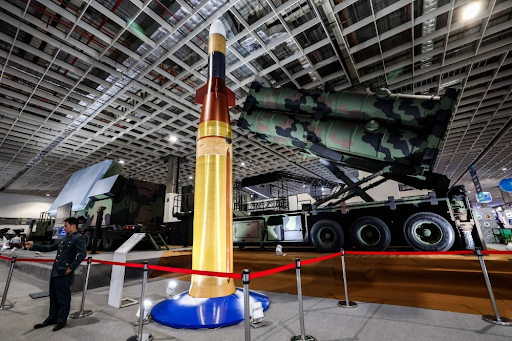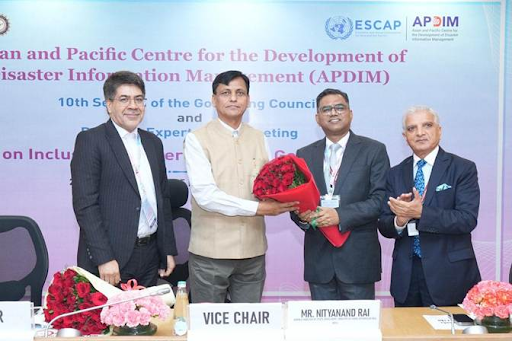



The 1972 Simla Agreement, promoting peace and bilateral dispute resolution post-1971 war, established the Line of Control and affirmed Kashmir as a bilateral issue. Pakistan’s recent suspension of the accord, following India's response to the Pahalgam terror attack, threatens regional stability and could revive international involvement in Kashmir disputes.

Copyright infringement not intended
Picture Courtesy: THE HINDU
Pakistan has suspended the historic 1972 Simla Agreement in retaliation for India's response to the Pahalgam terror attack.
It is a peace treaty signed in July 1972, between India and Pakistan. It aims to promote peace and friendly relations after the 1971 India-Pakistan war, which led to Bangladesh’s creation. Indian Prime Minister Indira Gandhi and Pakistani President Zulfikar Ali Bhutto sign this accord to end hostilities and build a framework for resolving disputes peacefully.
The 1971 war resulted in a decisive Indian victory, with Pakistan’s eastern wing becoming independent Bangladesh. Over 90,000 Pakistani soldiers surrender, and India captures significant Pakistani territory.
The Agreement aims to stabilize relations, prevent future conflicts, and establish a mechanism for dialogue. It also addresses the fallout of the war, including territorial disputes and the status of Jammu and Kashmir.
Promotes Peaceful Relations
Both nations committed to promoting a “friendly and harmonious relationship” to ensure lasting peace. The focus shifts to using resources for the welfare of their people rather than military conflicts.
Bilateral Dispute Resolution
India and Pakistan agree to settle differences through peaceful means, bilateral negotiations. They can also use other mutually agreed peaceful methods, excluding third-party interventions like the United Nations unless both consent. This makes disputes, especially over Kashmir, a strictly bilateral matter.
Establishes the Line of Control (LoC)
The agreement renames the 1949 Ceasefire Line as the Line of Control (LoC) in Jammu and Kashmir. The LoC divides Indian-administered and Pakistan-administered Kashmir, finalized on December 17, 1971, after the war. This change underlines that Kashmir is a bilateral issue, delinking it from the UN-imposed ceasefire line of 1949.

Territorial Adjustments
India returns about 13,000 km² of Pakistani territory captured during the war, mainly on the western front. India retains strategic areas, such as certain posts in Jammu and Kashmir, to ensure security and lasting peace.
Pakistan formally recognizes Bangladesh as a sovereign nation, accepting the outcome of the 1971 war.
Both nations agree to respect each other’s territorial integrity and sovereignty. They committed non-interference in each other’s internal affairs.
It creates a framework for dialogue, reducing the risk of immediate conflict after the 1971 war. Bilateral negotiations have become the preferred method for resolving disputes.
By renaming the Ceasefire Line as the LoC, India successfully positions Kashmir as a matter to be resolved between India and Pakistan, sidelining UN or international involvement. This strengthens India’s diplomatic stance on Kashmir.
Pakistan’s recognition of Bangladesh paves the way for Bangladesh’s integration into the international community, including its UN membership in 1974.
India returned most captured territories to show goodwill, while retaining strategic areas to ensure security.
The agreement establishes principles of peaceful coexistence, mutual respect, and non-aggression, which guide future interactions, though challenges persist.
|
Recently, Pakistan suspended the 1972 Simla Agreement, following Indian government response over the Pahalgam terror attack. The decision undermines the framework for bilateral dispute resolution and peaceful coexistence, and it may reopen debates on Kashmir status and potentially invite international scrutiny. |
Source: THE HINDU
|
PRACTICE QUESTION Q. How the suspension of the Shimla Agreement will affect bilateral ties between India and Pakistan? 150 words |







© 2025 iasgyan. All right reserved